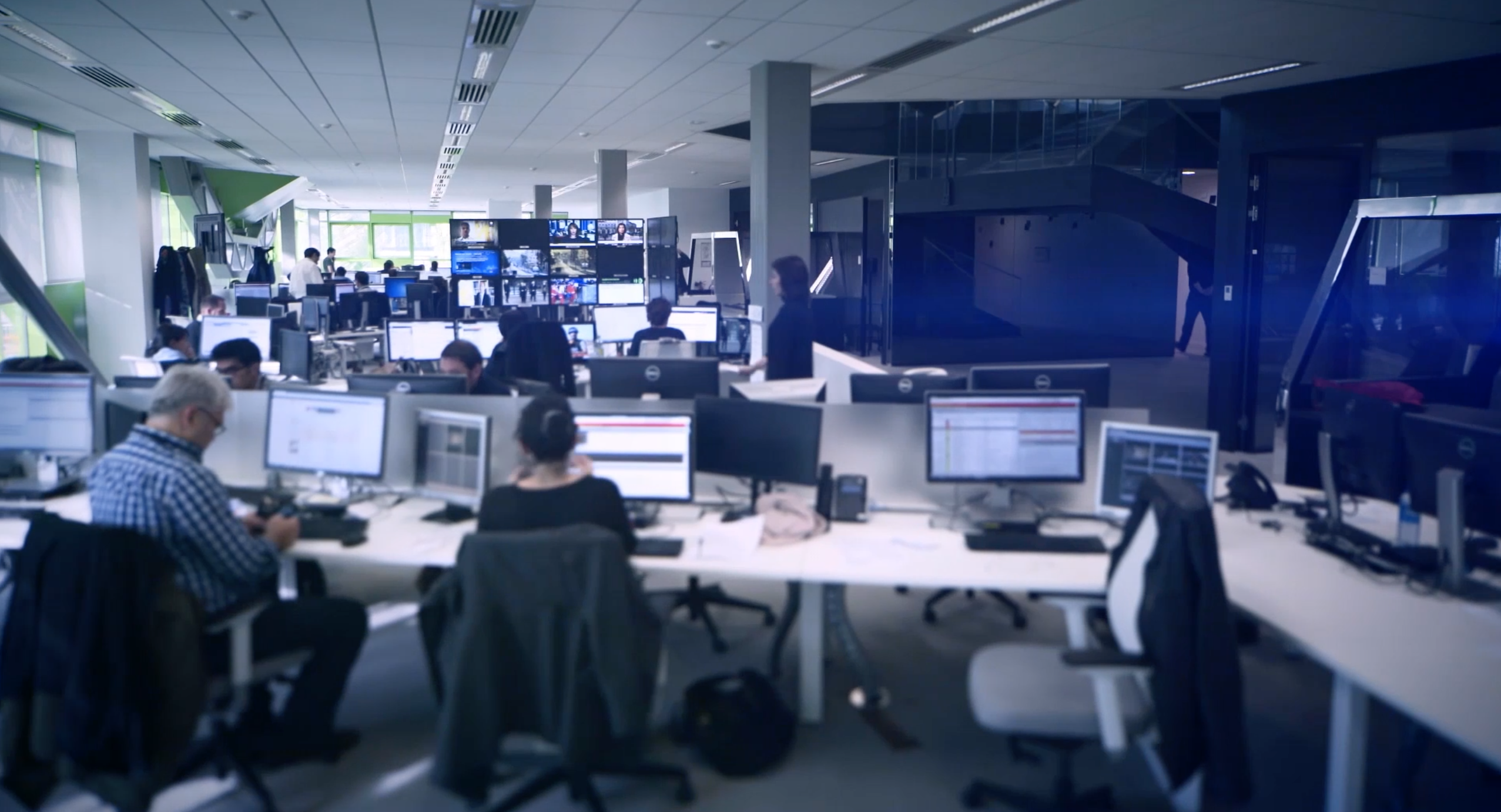Why Content Customization is Key to Success in Broadcasting

It works in gaming, it works in retail. Heck, it even works when it comes to M&Ms.
Study after study proves that a major key to success in 2018 is customization.
Yet for one European news media service, an inflexible legacy distribution system was blocking the way to such customization.
That was the reality that Euronews was facing. A pan-European news organization with multiculturalism at the heart of its DNA, Euronews was founded nearly 25 years ago by 10 European public broadcasters looking to cover world news from a European perspective in multiple languages 24/7. But this network — seen as groundbreaking when it launched in 1993 — was being held back by an inability to adapt programming to the specific needs of individual countries.
So this pioneering broadcaster began searching for an answer to two key questions.
•How does a multilingual broadcaster better serve a segmented audience in the wildly diverse digital environment of 2018?
•How does one better reach an audience while juggling complex multilingual content production on one hand and managing intricate multiplatform distribution on the other?
The professional video industry's #1 source for news, trends and product and tech information. Sign up below.
In other words, how do you reach an Italian teenager surfing on her mobile phone while simultaneously connecting with a 70-year-old multilingual professor looking for over-the-air breaking news in Ukrainian?
Connecting with Audience via Customization
“We have been operating a ‘one size fits all’ policy since launch because that was the limit of the software we were using,” said Duncan Hooper, digital editor in chief for Euronews. “We found that we could no longer take our brand or product further so we [made a change] to help us break out of those limits and to create a specific identity for each channel with content customized for each audience.”
For Euronews, now the continent’s biggest news channel, that change came in the form of a new broadcast infrastructure with customization at its center.

The result: weeks after the launch, Euronews was already producing more than double the amount of television content that it did under its legacy infrastructure. Additionally, by synchronizing the production of content between its television and digital platforms, Euronews is now producing 20% more content for their digital channels and managed to grow traffic to their website by 66% since the beginning of 2018.
For Euronews, the answer came in the form of a new production and distribution platform that allowed it to transition from a single multi-language channel to 12 separate cross-platform channels that can now be individually tailored to local audiences.
After its installation in fall 2017, Euronews is now generating adapted content with enhanced graphics across TV, social media and the web. The broadcaster is able to set up a separate identity for each of its language channels and deliver pictures and graphics in different languages for audiences in 165 countries.

Journalists and other editorial and creative personnel have more individual control over their content. Under the new system, journalists can now access any video, graphic or script created by another reporter and directly customize that content on the platform. Collaboration between departments is proving to be seamless.
“Journalists can collaborate better, share content seamlessly, and transform an original story with minimal effort to adapt it for each language and audience,” said Francois Schmitt, Euronews COO.
And dependency on technicians is reduced. Using this new system, Euronews can now store all assets in a single, unified environment, which allows for a smooth, automated flow of content from ingest to output.
Now, the 500 users that work at Euronews offices in Athens, Brussels, Budapest and Lyon are connected and collaborating on a single platform. The solution — called Dalet Unified News Operations — handles production, orchestration and delivery of stories in a way that was not possible for Euronews a year ago.
Euronews is now able to adapt its output to the needs of the consumers it serves, “empowering the uniqueness of our multiculturalism,” said Michael Peters, CEO of Euronews. The new production platform is transforming Euronews into a robust, agile and innovative organization, he said.

“[We are becoming] the first glocal news brand by reinventing our approach to broadcast journalism from production to distribution,” he said.
Detractors said Euronews’ multiplex approach to news coverage lacked the ability to adapt programming to the specific needs of individual countries. That’s no longer the case. Now, Euronews is producing double the amount of television content that it did under its outdated infrastructure. By synchronizing the production of content between its TV and digital platforms, Euronews is producing 20 percent more digital platform content than before the adoption of the Unified News Operations solution.
“The most positive thing about the Dalet system for all the journalists has been their empowerment,” Hooper said. “They are no longer reliant on other people to make things happen since they can create content and publish online, on social and on TV. They then have the power to adapt the content to tell the story that they want to tell rather than having to tell the same on each platform regardless of language.”
“[This technology] has enabled us to give more individuality to our storytelling.”
Euronews’ strategic transformation project has been nominated for an Innovation Award at IBC 2018. Lauded as one of the most coveted awards in the media industry, the competition celebrates technical and creative excellence, acknowledging collaboration between organizations like Euronews and Dalet to achieve clever and innovative solutions for real business challenges.
Arnaud Elnecave is vice president of marketing for Dalet.
Additional Resources
Euronews Customer Story— The world's first "Glocal" Media: a strategic transformation with Dalet
Dalet Unified News Operations Solution — Discover Dalet’s story-centric, integrated news production and delivery solution for TV, radio, web and social
